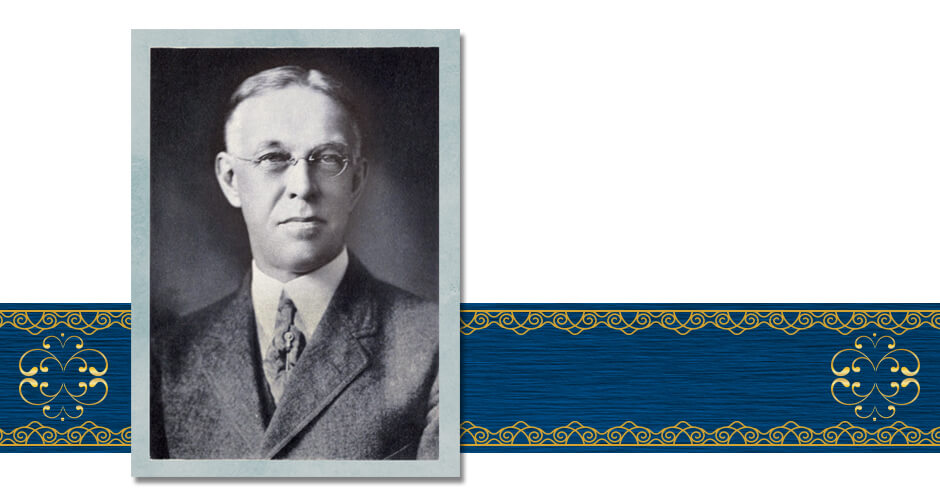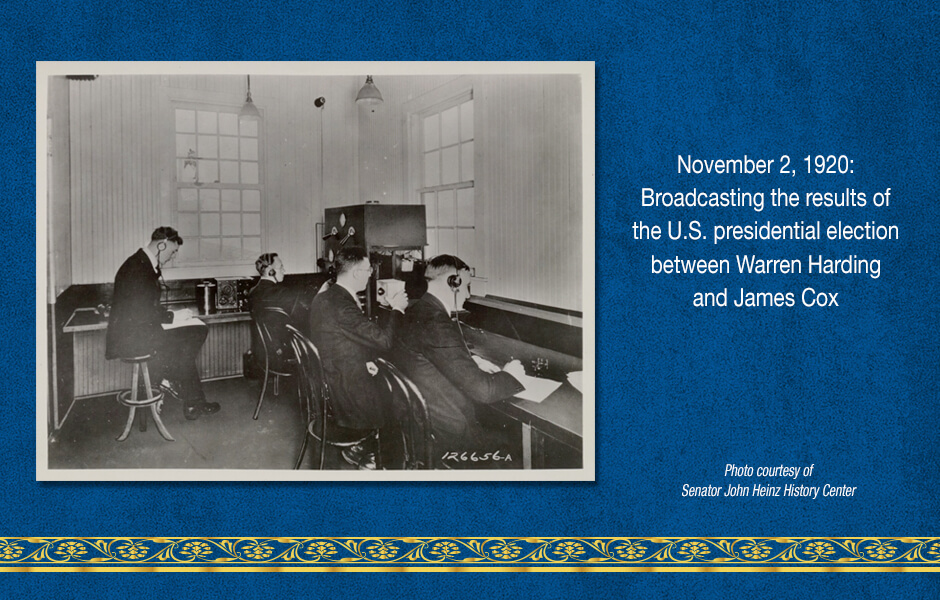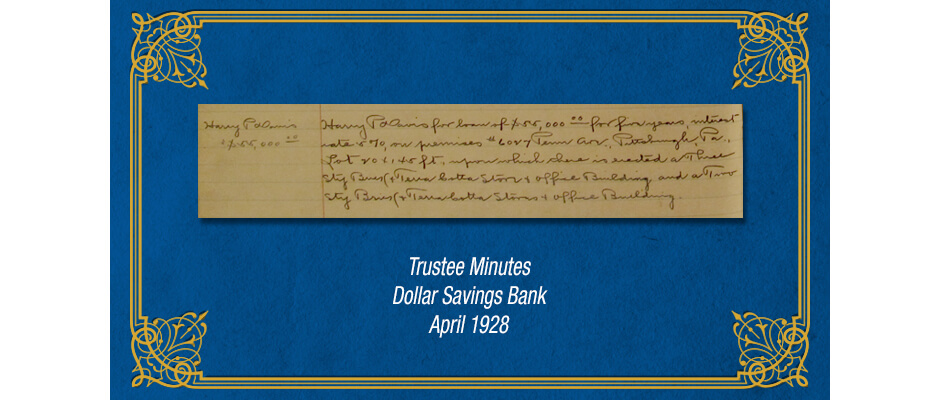Harry P. Davis

1868 - 1931
Harry Phillips Davis was born in Somersworth, New Hampshire, the son of Helen M. (Horne) Davis and Harrison B. Davis, a carpenter and bobbin manufacturer. After his father’s death in 1876, Harry moved with his mother and siblings to Worcester, Massachusetts, where he attended public schools. The family lived with his grandmother and aunt, who ran a millinery.
In 1890, Davis earned a degree in mechanical engineering at Worcester Polytechnical Institute. One year later, in 1891, he received an advanced degree in electrical engineering. Later in his life, his alma mater awarded him an honorary doctorate in engineering.
Davis moved to Pittsburgh in 1891 and was hired as an engineer by Westinghouse Electric & Manufacturing Company in East Pittsburgh. He would spend the rest of his career at Westinghouse. Over the next forty years, Davis would contribute scores of patents to Westinghouse’s intellectual property portfolio, and he would emerge as one of the company’s most gifted leaders.
His rise at Westinghouse was steady. He was promoted to assistant chief engineer in the 1890s, then manager of engineering in 1904. In 1910, he was appointed vice president in charge of manufacturing and engineering. During this time, he assigned to Westinghouse his patents for inventions integral to the company’s industrial efforts in power generation and long-distance power transmission.
With the breakthroughs in radio telegraphy pioneered in the 1890s by Italian inventor Guglielmo Marconi, wireless communication was viewed by many as the next great field of technology and invention. For the most part, however, the concept was that of point-to-point communication via what was effectively a wireless telegraph. Radio-telephone – the broadcasting of sounds such as music and the human voice – was still on the horizon. While industrialists focused on developments in radio telegraphy in the early 1900s, radio telephony was mostly pursued at that time by amateur hobbyists.
One of those hobbyists was Frank Conrad, a Westinghouse engineer and colleague of Harry P. Davis. Conrad built an amateur radio station on top of his two-story garage in Wilkinsburg. In 1916, Conrad’s station was issued an experimental license with the call sign 8XK. Conrad’s efforts and experience would become the foundation for an official Westinghouse radio station just a few years later.
It was Harry P. Davis who envisioned the commercial possibilities of the new medium. He believed there were business opportunities for Westinghouse in the sale of radio receiver sets, and in providing content of popular public interest. The visionary instinct that had led Davis to push for Westinghouse’s acquisition of the International Radio Telegraph Company and its valuable radio patents some years earlier, now compelled him to sell Westinghouse executives on leading the charge into the virtually wide-open field of commercial radio.
Under Davis’ leadership and with the engineering expertise of Frank Conrad and D.G. Little, Westinghouse personnel constructed a new radio station in a shack on the roof of a building in the company’s East Pittsburgh plant. In October 1920, Westinghouse was granted a license for the new station with the call letters KDKA. Coordinating efforts with the Pittsburgh Post, on the night of November 2, 1920, Westinghouse’s KDKA radio station broadcast an announcer, Leo Rosenburg (from Westinghouse’s publicity department), reading the results of the U.S. presidential election in which Warren Harding defeated James Cox.

KDKA followed up its well-received election broadcast with daily programming each night. The station became the first to broadcast a church service when on January 2, 1921, carols performed by the choir of Calvary Episcopal Church were sent out over the airwaves, the signal carrying to listeners within a radius of 700 miles. KDKA’s programming was modeled by other commercial stations as they sprung up rapidly across the country. Within just two years, more than 600 licensed radio stations were operating in the United States. Vindicating Davis’ vision, sales of radio receiver sets soared, growing from approximately 1,500 in 1921 to three million by 1924.
Harry P. Davis was also instrumental in Westinghouse efforts launching other radio stations outside Pittsburgh, including WJZ in Newark, New Jersey, WBZ in Springfield, Illinois, and KYW in Chicago. In addition to serving as vice president of Westinghouse Electric and Manufacturing Company, Harry P. Davis was the first chairman of the board of the National Broadcasting Company (NBC). He was also a director of the Radio-Victor Corporation of America (RCA).
Davis married Agnes Taylor in 1892, in Massachusetts. They had two children. For twenty-five years, the family lived on Wallingford Street in Shadyside.
Davis invested in business properties in Pittsburgh’s downtown and East End. Dollar Bank issued at least three mortgages to Davis: one for $75,000 in 1916 for a property at the corner of Penn Avenue and Sheridan Street in East Liberty; for $55,000 in 1928 for a property at 6027 Penn Avenue; and $75,000 in 1929 for a property at 628 Smithfield Street.
